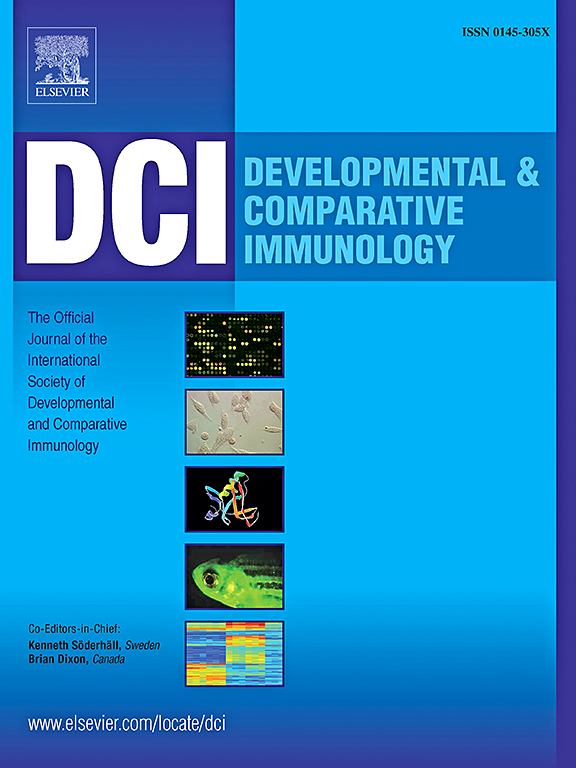High temperature induces oxidative damage, immune modulation, and atrophy in the gills and skeletal muscle of the teleost fish black cusk-eel (Genypterus maculatus)
IF 2.7
3区 农林科学
Q1 FISHERIES
引用次数: 0
Abstract
The high temperature associated with heat waves is a relevant abiotic factor that could impact the biology of teleost fish. The innate immune response, muscular growth, and oxidative stress status are relevant functions in fish tissues that could be affected by increased temperature. In this study, black cusk-eel (Genypterus maculatus) juveniles were subjected to increased temperature, to experimentally replicate heat waves registered from the South Pacific Ocean for five days. The results showed that thermal stress modulated the immune response in gills, with up-regulation of antibacterial peptides, pro-inflammatory cytokines, and Toll-like receptors genes, including hepcidin, gzma, tnfa, cxcl8, and tlr5, with no effect on complement system genes. In skeletal muscle, high temperature triggered atrophy-related gene expression, with up-regulation of foxo1, foxo3, fbxo32, murf1, and atg16l. Increased temperature also generated an up-regulation of transcripts encoding heat shock protein (hsp60 and hsp70) in gills and skeletal muscle, generating oxidative stress in both tissues, with increased expression of the antioxidant genes sod1 and gpx1 in gills and skeletal muscle, respectively, with oxidative damage observed at the DNA level (AP sites), protein (carbonyl content), and lipoperoxidation (HNE content) in both tissues. The present study shows that short-term increases in temperature like those observed in heat waves could affect the immune response in gills, induced atrophy in skeletal muscle, and generate oxidative stress in a teleost species important for Chilean aquaculture diversification, information relevant under the context of climate change scenario.
求助全文
约1分钟内获得全文
求助全文
来源期刊
CiteScore
6.20
自引率
6.90%
发文量
206
审稿时长
49 days
期刊介绍:
Developmental and Comparative Immunology (DCI) is an international journal that publishes articles describing original research in all areas of immunology, including comparative aspects of immunity and the evolution and development of the immune system. Manuscripts describing studies of immune systems in both vertebrates and invertebrates are welcome. All levels of immunological investigations are appropriate: organismal, cellular, biochemical and molecular genetics, extending to such fields as aging of the immune system, interaction between the immune and neuroendocrine system and intestinal immunity.

 求助内容:
求助内容: 应助结果提醒方式:
应助结果提醒方式:


